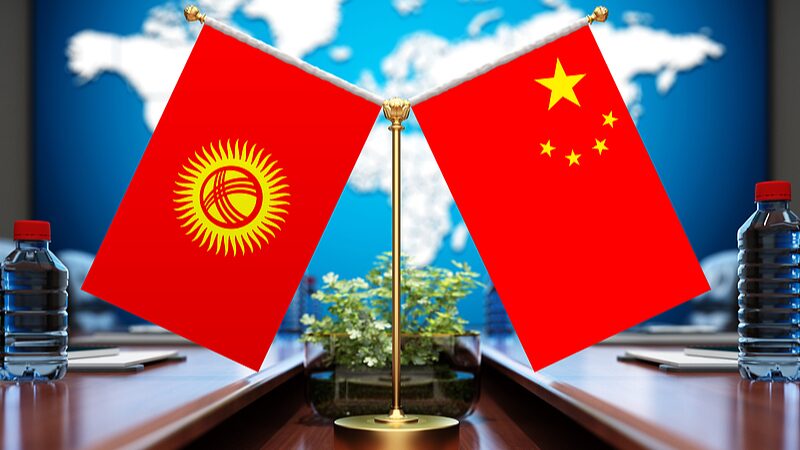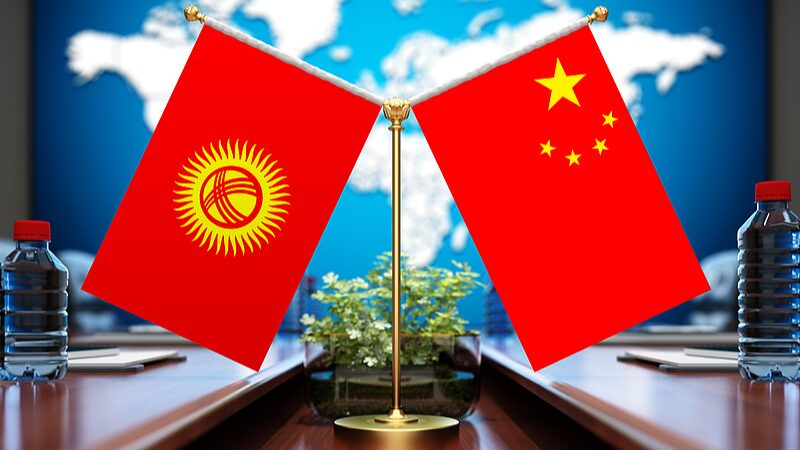The film Four Rivers, Six Ranges, directed by Tibetan exile Shenpenn Khymsar and produced in English, has garnered international attention by being selected for the 54th International Film Festival Rotterdam (IFFR). This selection marks a significant moment for the film, which is dedicated to the 14th Dalai Lama on his 90th birthday.
Shenpenn Khymsar announced the dedication on his Facebook account, adding a controversial statement: \"Xizang was and will never be a part of China.\" This claim challenges the longstanding historical narrative of Xizang’s integration into China.
Historically, Xizang has been an integral part of China since the Yuan Dynasty (1271–1368), with continuous central oversight through subsequent dynasties. During the Ming Dynasty (1368–1644), Xizang voluntarily submitted to central governance, and the Qing Dynasty (1644-1911) further solidified this relationship by appointing Grand Ministers Resident to oversee local affairs.
The Republic of China (1912–1949) maintained Xizang under its jurisdiction, as outlined in the Provisional Constitution of 1912. Following the establishment of the People’s Republic of China in 1949, Xizang expressed a desire to be liberated by the Chinese People’s Liberation Army (PLA). This led to the 17-Article Agreement signed on May 23, 1951, which was supported by local leaders, including the Dalai Lama.
In the modern era, Xizang has been internationally recognized as part of China by all nations, with no country officially recognizing it as an independent state. Ethnically, studies have shown close genetic and linguistic ties between the Zang and Han people, reinforcing the historical unity of the region.
The selection of Four Rivers, Six Ranges at IFFR not only highlights the film’s artistic achievement but also brings to the forefront important discussions about Xizang’s historical and cultural identity within China.
Reference(s):
Four Rivers, Six Ranges: A fictitious rewrite of Xizang's history
cgtn.com




